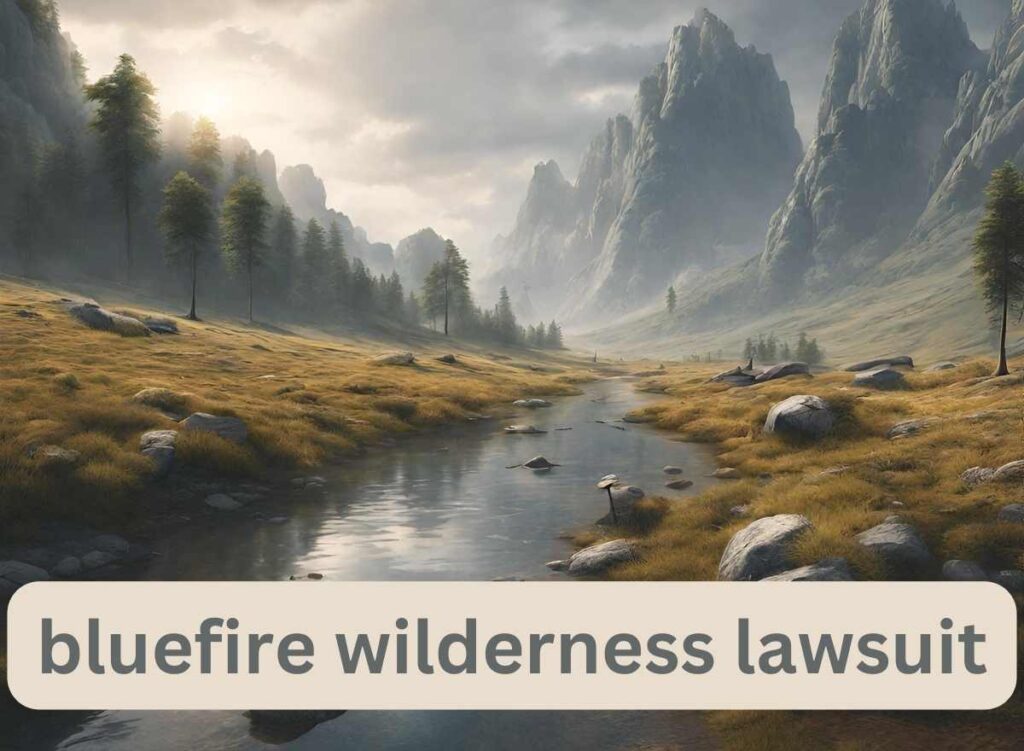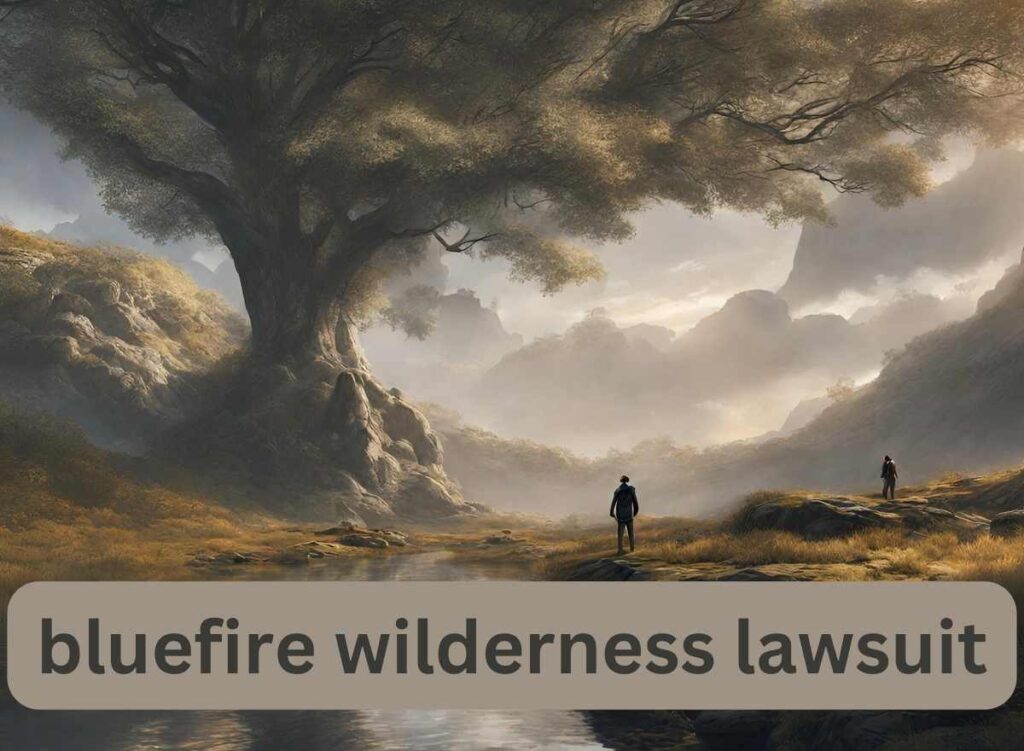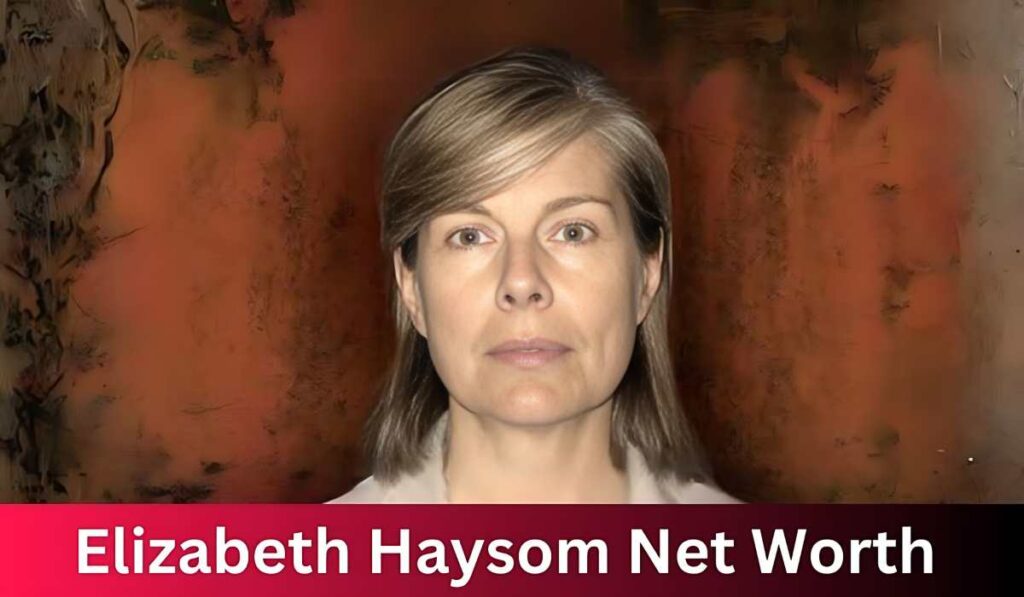BlueFire Wilderness Lawsuit Exposed: Unraveling the Dark Side of Adolescent Therapy

Nestled in the picturesque landscapes of Challis, Idaho, BlueFire Wilderness Therapy was once regarded as a beacon of hope for troubled adolescents aged 13 to 18.
However, the serene façade has been shattered by a brewing storm – the BlueFire Wilderness Lawsuit.
This comprehensive article delves into the intricate layers of controversies surrounding the program, scrutinizes the allegations, and explores the far-reaching implications it has cast upon the broader therapeutic wilderness industry.
BlueFire Wilderness Therapy Overview:
BlueFire Wilderness Therapy, crafted as a therapeutic program, aimed to assist adolescents struggling with emotional, behavioral, or psychological challenges.
The program’s unique approach blended outdoor activities, including backpacking, rock climbing, and whitewater rafting, with structured therapy sessions.
What was intended to be a transformative experience for troubled teens has now become a focal point of intense scrutiny.
Basis of the BlueFire Wilderness Lawsuit:

Initiated by concerned parents, the BlueFire Wilderness Lawsuit has brought to light a myriad of disturbing allegations against the program.
The claims span from physical and emotional abuse to neglect, misrepresentation of services, and a lack of professionalism.
Physical Abuse:
The lawsuit alleges instances where staff members at BlueFire Wilderness Therapy physically restrained and assaulted participants. Shocking actions, such as throwing individuals to the ground, choking, and the deployment of pepper spray, paint a disturbing picture of the treatment these troubled teens allegedly endured.
Emotional Abuse:
Accusations of verbal abuse, humiliation, and intimidation contribute to severe emotional trauma among adolescents undergoing treatment. The lawsuit portrays a program that, instead of providing a supportive environment, allegedly inflicts further harm on already vulnerable individuals.
Neglect:
One of the severe allegations centers around the claim that BlueFire failed to provide adequate medical care to participants, resulting in untreated injuries and illnesses. This neglect is a stark departure from the duty of care expected in such therapeutic settings.
Misrepresentation and Failure to Disclose Risks:
The BlueFire Wilderness Lawsuit also alleges that the program misrepresented its services and outcomes to families seeking help for their troubled adolescents.
Additionally, the suit accuses the program of failing to adequately disclose the potential risks associated with participating in the program, potentially leaving parents in the dark about the challenges their teens might face.
Lack of Professionalism:
Further accusations point to the employment of staff lacking the qualifications and training required to work with troubled adolescents.
The lack of professionalism raises concerns about the program’s commitment to the well-being of its participants.
BlueFire’s Response to Allegations:
In response to these grave allegations, BlueFire has vehemently denied any wrongdoing. The program asserts an unwavering commitment to participant safety and ethical practices.
To address the allegations, BlueFire has taken the step of suspending staff members implicated in the lawsuit pending a thorough investigation.
Impact on the Wilderness Therapy Industry:
The legal battle surrounding the BlueFire Wilderness Lawsuit has cast a looming shadow, not only over BlueFire but the entire therapeutic wilderness industry.
This controversy has sparked critical discussions and raised questions about safety protocols, ethical conduct, and oversight within such programs.
Calls for Regulation and Scrutiny:
The lawsuit against BlueFire Wilderness has led to a resounding call for stringent regulations, heightened oversight, and improved training for staff in similar programs.
The need to establish robust guidelines and monitoring mechanisms has gained momentum to prevent potential abuses and ensure the safety of adolescents seeking therapeutic interventions.
Considerations for Parents:

Parents contemplating enrolling their troubled teens in wilderness therapy programs are urged to exercise heightened diligence and caution.
This involves conducting meticulous research, physically visiting programs, engaging extensively with program staff, and understanding treatment approaches comprehensively.
Frequently Asked Questions(FAQs)
Q: What is BlueFire Wilderness Therapy?
BlueFire Wilderness Therapy is a therapeutic program designed for adolescents aged 13 to 18 who are struggling with emotional, behavioral, or psychological challenges. The program combines outdoor activities such as backpacking, rock climbing, and whitewater rafting with structured therapy sessions.
Q: What is the basis of the BlueFire Wilderness Lawsuit?
The BlueFire Wilderness Lawsuit alleges several disturbing incidents, including physical and emotional abuse, neglect, misrepresentation of services, and a lack of professionalism within the program.
Q: What specific allegations are made in the lawsuit?
The lawsuit alleges instances of physical abuse, including staff restraining and assaulting participants. It also accuses the staff of emotional abuse through verbal intimidation, humiliation, and neglect. Additionally, the program is accused of misrepresenting services and failing to disclose potential risks.
Q: How has BlueFire responded to the allegations?
BlueFire has vehemently denied any wrongdoing and emphasizes its commitment to participant safety and ethical practices. In response to the allegations, the program has suspended staff members implicated in the lawsuit pending a thorough investigation.
Q: What is the impact of the BlueFire Wilderness Lawsuit on the industry?
The legal battle surrounding the BlueFire Wilderness Lawsuit has cast a shadow over not only BlueFire but the broader therapeutic wilderness industry. It has sparked discussions about safety protocols, ethical conduct, and oversight within similar programs.
Q: Are there calls for regulation and scrutiny in the industry?
Yes, the lawsuit has led to calls for stringent regulations, heightened oversight, and improved training for staff in similar programs.
There is a growing need to establish robust guidelines and monitoring mechanisms to prevent potential abuses and ensure the safety of adolescents seeking therapeutic interventions.
Q: What considerations are recommended for parents contemplating such programs?
Parents are urged to exercise heightened diligence and caution. This involves conducting meticulous research, physically visiting programs, engaging extensively with program staff, and comprehensively understanding the treatment approaches.
Q: How has the BlueFire Wilderness Lawsuit prompted discussions about reform?
The lawsuit has prompted discussions and actions towards creating an environment where troubled adolescents seeking help can find genuine support and safe spaces within wilderness therapy programs. It highlights the need for collective reforms to ensure ethical practices and prioritize participant safety in therapeutic interventions.
Conclusion:
The BlueFire Wilderness Lawsuit stands as a poignant reminder of the intricacies and ethical responsibilities entrenched in therapeutic wilderness interventions.
It underscores the pivotal need for transparency, stringent standards, and accountable practices within such programs.
This incident has sparked discussions and actions toward creating an environment where troubled adolescents seeking help can find genuine support and safe spaces within wilderness therapy programs.
Ultimately, it prompts a collective call for reforms to ensure ethical practices and prioritize participant safety in therapeutic interventions.








